
- Order:
- Duration: 8:23
- Published: 12 Oct 2009
- Uploaded: 23 Mar 2011
- Author: MichellePhan

















![Xandria - Vampire [Lyrics] Xandria - Vampire [Lyrics]](http://web.archive.org./web/20110411044226im_/http://i.ytimg.com/vi/7_9R4ZwWuxg/0.jpg)

















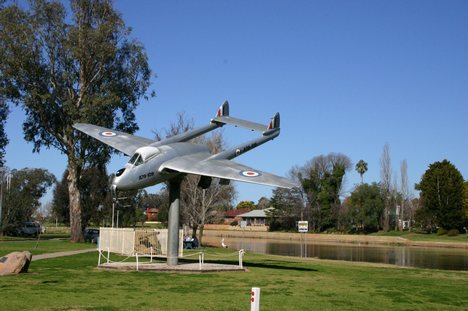



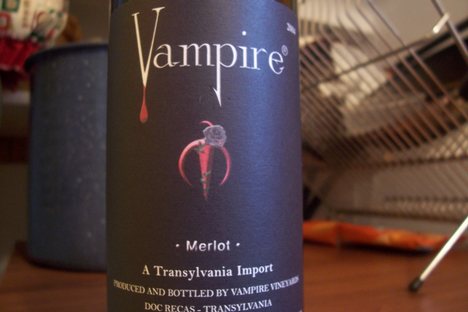
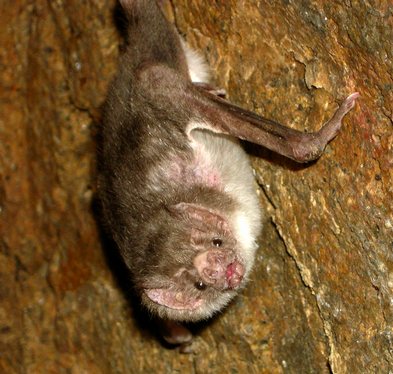
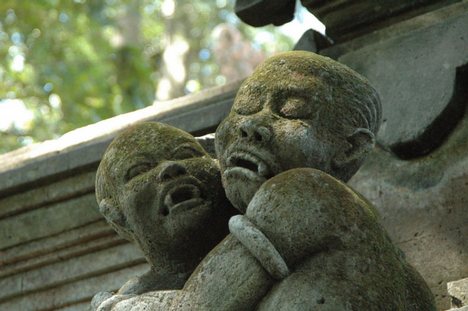
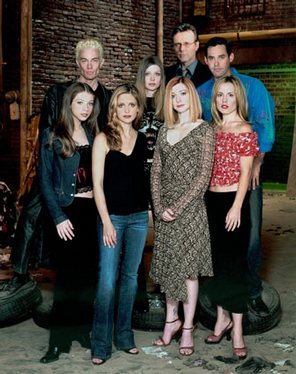
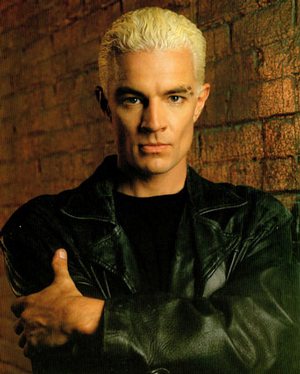

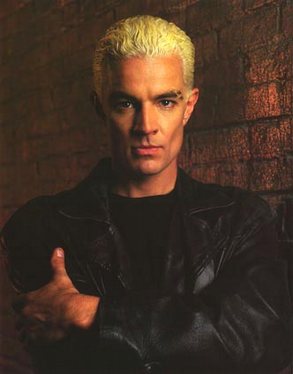
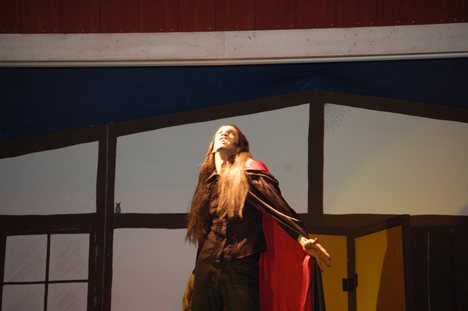
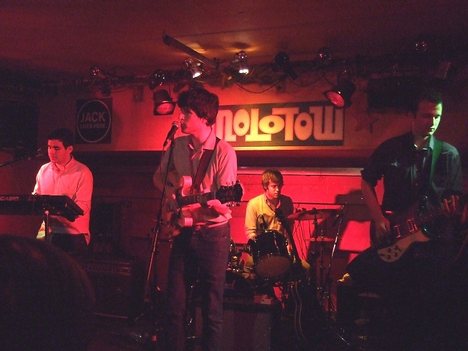





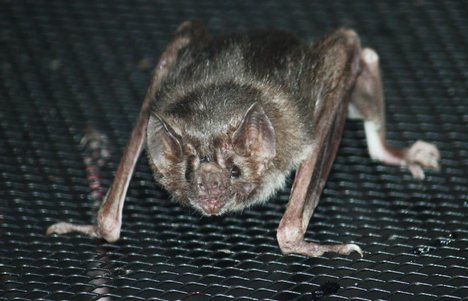

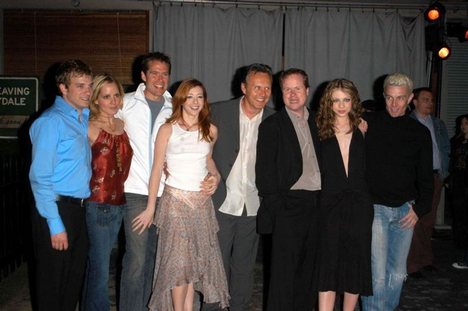
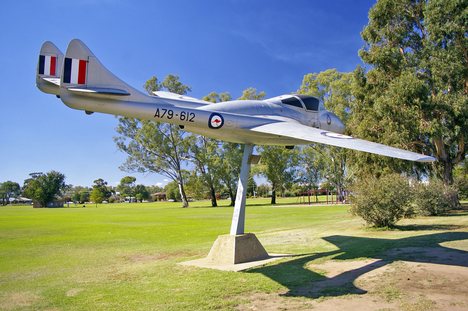


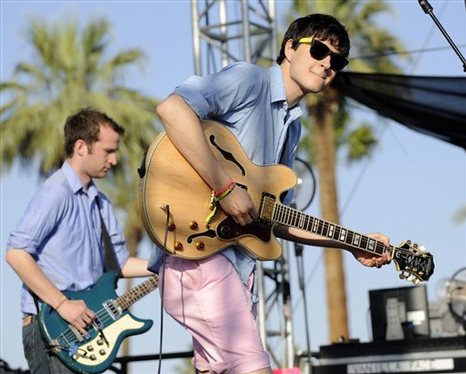



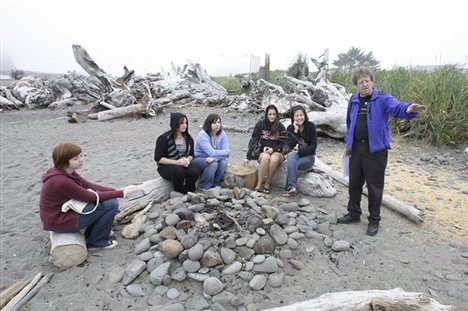
The two incidents were well-documented: government officials examined the bodies, wrote case reports, and published books throughout Europe. In his Philosophical Dictionary, Voltaire wrote:
During the late 18th and 19th centuries the belief in vampires was widespread in parts of New England, particularly in Rhode Island and Eastern Connecticut. There are many documented cases of families disinterring loved ones and removing their hearts in the belief that the deceased was a vampire who was responsible for sickness and death in the family, although the term "vampire" was never actually used to describe the deceased. The deadly disease tuberculosis, or "consumption" as it was known at the time, was believed to be caused by nightly visitations on the part of a dead family member who had died of consumption themselves. Despite the general disbelief in vampiric entities, occasional sightings of vampires are reported. Indeed, vampire hunting societies still exist, although they are largely formed for social reasons. Allegations of vampire attacks swept through the African country of Malawi during late 2002 and early 2003, with mobs stoning one individual to death and attacking at least four others, including Governor Eric Chiwaya, based on the belief that the government was colluding with vampires. Because of this, it was considered necessary to leave a window or door open in the house for the soul to pass through at its leisure. During this time the soul was believed to have the capability of re-entering the corpse of the deceased. Much like the spirits mentioned earlier, the passing soul could either bless or wreak havoc on its family and neighbors during its 40 days of passing. Upon an individual's death, much stress was placed on proper burial rites to ensure the soul's purity and peace as it separated from the body. The death of an unbaptized child, a violent or an untimely death, or the death of a grievous sinner (such as a sorcerer or murderer) were all grounds for a soul to become unclean after death. A soul could also be made unclean if its body were not given a proper burial. Alternatively, a body not given a proper burial could be susceptible to possession by other unclean souls and spirits. An unclean soul was so fearful to the Slavs because of its potential for vengeance. Darkening of the skin is also caused by decomposition.
The literary Dracula transforms into a bat several times in the novel, and vampire bats themselves are mentioned twice in it. The 1927 stage production of Dracula followed the novel in having Dracula turn into a bat, as did the film, where Béla Lugosi would transform into a bat. The bat transformation scene would again be used by Lon Chaney Jr. in 1943's Son of Dracula. Byron's own dominating personality, mediated by his lover Lady Caroline Lamb in her unflattering roman-a-clef, Glenarvon (a Gothic fantasia based on Byron's wild life), was used as a model for Polidori's undead protagonist Lord Ruthven. The Vampyre was highly successful and the most influential vampire work of the early 19th century. Another important addition to the genre was Sheridan Le Fanu's lesbian vampire story Carmilla (1871). Like Varney before her, the vampire Carmilla is portrayed in a somewhat sympathetic light as the compulsion of her condition is highlighted.
The pilot for the Dan Curtis 1972 television series revolved around reporter Carl Kolchak hunting a vampire on the Las Vegas strip. Later films showed more diversity in plotline, with some focusing on the vampire-hunter, such as Blade in the Marvel Comics' Blade films and the film Buffy the Vampire Slayer. Buffy, released in 1992, foreshadowed a vampiric presence on television, with adaptation to a long-running hit TV series of the same name and its spin-off Angel. Still others showed the vampire as protagonist, such as 1983's The Hunger, 1994's and its indirect sequel of sorts Queen of the Damned, and the 2007 series Moonlight. Bram Stoker's Dracula was a noteworthy 1992 film which became the then-highest grossing vampire film ever. Another popular vampire-related show is CW's The Vampire Diaries. The continuing popularity of the vampire theme has been ascribed to a combination of two factors: the representation of sexuality and the perennial dread of mortality. Another "vampiric" series that has recently come out is the Twilight Saga, a series of films based on the book series of the same name.
Category:Corporeal undead Category:Shapeshifting Category:Slavic legendary creatures
This text is licensed under the Creative Commons CC-BY-SA License. This text was originally published on Wikipedia and was developed by the Wikipedia community.
| Name | Heath Ledger |
|---|---|
| Alt | Close up of a man's face with brown eyes, tousled brown hair and scraggly beard growth. He is looking toward his left. He is wearing a grey jumper with an orange stripe near his left shoulder and upper left arm. The background is blue with out of focus writing. |
| Caption | Ledger at the 2006 Berlin International Film Festival. |
| Birth name | Heath Andrew Ledger |
| Birth date | April 04, 1979 |
| Birth place | Perth, Western Australia, Australia |
| Death date | January 22, 2008 |
| Death place | New York City, New York, United States |
| Occupation | Actor |
| Years active | 1992–2008 |
| Domesticpartner | Michelle Williams(2005–2007, 1 child) |
Heath Andrew Ledger (4 April 1979 – 22 January 2008) was an Australian television and film actor. After performing roles in Australian television and film during the 1990s, Ledger moved to the United States in 1998 to develop his film career. His work encompassed nineteen films, including 10 Things I Hate About You (1999), The Patriot (2000), Monster's Ball (2001), A Knight's Tale (2001), Brokeback Mountain (2005), and The Dark Knight (2008). as well as the 2006 BAFTA Award for Best Actor in a Leading Role.
He died at the age of 28, Ledger attended Mary's Mount Primary School, in Gooseberry Hill, His parents separated when he was 10 and divorced when he was 11. and he had a serious on-and-off-again long-term relationship with actress Naomi Watts, whom he met during the filming of Ned Kelly and with whom he lived at times from 2002 to 2004. With Trevor DiCarlo, his best friend since he was 3, Ledger drove across Australia from Perth to Sydney, returning to Perth to take a small role in Clowning Around (1992), the first part of a two-part television series, and to work on the TV series Sweat (1996), in which he played a gay cyclist. From 1993 to 1997, Ledger also had parts in the Perth television series Ship to Shore (1993); in the short-lived Fox Broadcasting Company fantasy-drama Roar (1997); in Home and Away (1997), one of Australia's most successful television shows; and in the Australian film Blackrock (1997), his feature film debut. In 1999, he starred in the teen comedy 10 Things I Hate About You and in the acclaimed Australian crime film Two Hands, directed by Gregor Jordan.
In his next to last film performance, Ledger played the Joker in The Dark Knight, directed by Christopher Nolan, first released, in Australia, on 16 July 2008, nearly six months after his death. While still working on the film, in London, Ledger told Sarah Lyall, in their interview published in the New York Times on 4 November 2007, that he viewed The Dark Knight's Joker as a "psychopathic, mass murdering, schizophrenic clown with zero empathy."
At the time of his death, on 22 January 2008, Ledger had completed about half of the work for his final film performance as Tony in The Imaginarium of Doctor Parnassus. On 13 January 2006, "Several members of the paparazzi retaliated ... squirting Ledger and Williams with water pistols on the red carpet at the Sydney premiere of Brokeback Mountain."
Prior to his return to New York from his last film assignment, in London, in January 2008, while he was apparently suffering from some kind of respiratory illness, he reportedly complained to his co-star Christopher Plummer that he was continuing to have difficulty sleeping and taking pills to help with that problem: "Confirming earlier reports that Ledger hadn't been feeling well on set, Plummer says, 'we all caught colds because we were shooting outside on horrible, damp nights. But Heath's went on and I don't think he dealt with it immediately with the antibiotics.... I think what he did have was the walking pneumonia.' [...] On top of that, 'He was saying all the time, "dammit, I can't sleep"... and he was taking all these pills to help him.' "
In talking with Interview magazine after his death, Ledger's former fiancée Michelle Williams "also confirmed reports the actor had experienced trouble sleeping. "For as long as I'd known him, he had bouts with insomnia. He had too much energy. His mind was turning, turning turning — always turning."
According to the police, Wolozin, who had arrived early for a 3:00 p.m. appointment with Ledger, called Ledger's friend, actress Mary-Kate Olsen, for help. Olsen, who was in California, directed a New York City private security guard to go to the scene. At 3:26 p.m., "[fewer] than 15 minutes after Wolozin first saw him in bed and only a few moments" after first calling Olsen and then calling her a second time to express her fears that Ledger was dead, Wolozin telephoned 9-1-1 "to say that Mr. Ledger was not breathing." At the urging of the 9-1-1 operator, Wolozin administered CPR, which was unsuccessful in reviving him.
Category:Accidental deaths in New York Category:Australian expatriate actors in the United States Category:Australian film actors Category:Australian music video directors Category:Australian television actors Category:BAFTA winners (people) Category:BAFTA Award for Best Supporting Actor Category:Best Supporting Actor Golden Globe (film) winners Category:Best Supporting Actor Academy Award winners Category:Burials at Karrakatta Cemetery Category:Drug-related deaths in New York Category:Former students of Guildford Grammar School Category:People from Brooklyn Category:People from Perth, Western Australia Category:Rock Eisteddfod Challenge participants Category:Actors from Western Australia Category:1979 births Category:2008 deaths
This text is licensed under the Creative Commons CC-BY-SA License. This text was originally published on Wikipedia and was developed by the Wikipedia community.
| Name | Abraham Lincoln |
|---|---|
| Nationality | American |
| Alt | Iconic black and white photograph of Lincoln showing his head and shoulders. |
| Order | 16th President of the United States |
| Term start | March 4, 1861 |
| Term end | April 15, 1865 |
| Predecessor | James Buchanan |
| Successor | Andrew Johnson |
| State2 | Illinois |
| District2 | 7th |
| Term start2 | March 4, 1847 |
| Term end2 | March 3, 1849 |
| Predecessor2 | John Henry |
| Successor2 | Thomas L. Harris |
| Birth date | February 12, 1809 |
| Birth place | Hardin County, Kentucky |
| Death date | April 15, 1865 |
| Death place | Washington, D.C. |
| Restingplace | Oak Ridge CemeterySpringfield, Illinois |
| Spouse | Mary Todd Lincoln |
| Children | Robert Todd Lincoln Edward Lincoln Willie Lincoln Tad Lincoln |
| Profession | LawyerPolitician |
| Religion | See: Abraham Lincoln and religion |
| Party | Whig (1832–1854) Republican (1854–1865) |
| Vicepresident | Hannibal Hamlin (1861–1865)Andrew Johnson (1865) |
| Signature | Abraham Lincoln Signature.svg |
| Signature alt | Cursive signature in ink |
| Branch | Illinois Militia |
| Serviceyears | 1832 |
| Battles | Black Hawk War |
Abraham Lincoln (February 12, 1809 – April 15, 1865) served as the 16th President of the United States from March 1861 until his assassination in April 1865. He successfully led the country through its greatest internal crisis, the American Civil War, preserved the Union, and ended slavery. Reared in a poor family on the western frontier, he was mostly self-educated. He became a country lawyer, an Illinois state legislator, and a one-term member of the United States House of Representatives, but failed in two attempts at a seat in the United States Senate. He was an affectionate, though often absent, husband, and father of four children.
Lincoln was an outspoken opponent of the expansion of slavery in the United States, which he deftly articulated in his campaign debates and speeches.. The elder Abraham later moved his family from Rockingham County, Virginia to Jefferson County, Kentucky, where he was ambushed and killed by an Indian raid in 1786, with his children Mordecai, Josiah, and Thomas looking on. His older sister, Sarah (Grigsby), died while giving birth at a young age. Soon after, his father married Sarah Bush Johnston, with whom Lincoln became very close and whom he called "Mother." They later met at a party, and then married on November 4, 1842 in the Springfield mansion of Mary's married sister. Congress never enacted the resolution or even debated it, the national papers ignored it, and it resulted in a loss of political support for Lincoln in his district. One Illinois newspaper derisively nicknamed him "spotty Lincoln." Lincoln appeared before the Illinois Supreme Court 175 times, 51 times as sole counsel, of which 31 were decided in his favor. Lincoln rarely raised objections in the courtroom. However, in another celebrated case in 1859, where he defended Peachy Harrison, accused of stabbing another to death, Lincoln angrily protested the judge's decision to exclude evidence favorable to his client. Instead of Lincoln's being held in contempt of court as was expected, the judge, a Democrat, reversed his ruling, allowing the evidence and acquitting Harrison. Unbeknown to Lincoln, this client was a cousin, through Lincoln's father. and no leader of the insurrection proposed rejoining the Union on any terms; the Confederacy selected Jefferson Davis on February 9, 1861, as their provisional President.
On April 15, Lincoln called on the states to send detachments totaling 75,000 troops but neither they nor the slave state of Delaware seceded.
Troops headed south towards Washington, D.C. to protect the capital in response to Lincoln's call. On April 19, angry secessionist mobs in Baltimore that controlled the rail links attacked Union troops traveling to the capital. George William Brown, the Mayor of Baltimore, and other suspect Maryland politicians were arrested and imprisoned as Lincoln suspended the writ of habeas corpus. As a member of the Whig party, Lincoln would often use the Declaration of Independence as the expression of these two philosophies. After Willie's death, in the summer or early fall of 1862, Lincoln attempted to put on paper his private thoughts on why, from a divine standpoint, the severity of the war was necessary. He wrote that God "could have either saved or destroyed the Union without a human contest. Yet the contest began. And having begun He could give the final victory to either side any day. Yet the contest proceeds."
President Lincoln's assassination and death immediately made him a national martyr and myth. To abolitionists, Lincoln was viewed as a champion for "human liberty". Killed on Good Friday, Lincoln was identified as Christ-like. In 1971, Presidents Day became a national holiday, combining Lincoln's and Washington's birthdays and replacing most states' celebration of his birthday. As of 2005, Lincoln's Birthday is a legal holiday in 10 states. The oldest active commemorative body is the Abraham Lincoln Association, formed in 1908 to commemorate the centennial of Lincoln's birth.
In 2000, Congress established the Abraham Lincoln Bicentennial Commission (ALBC) to commemorate his 200th birthday in February 2009. The Abraham Lincoln Presidential Library and Museum is located in Springfield and is run by the State of Illinois. The United States Postal Service honored Lincoln with a Liberty Issue 4¢ postage stamp on November 19, 1954, and a Prominent Americans series (1965–1978) 4¢ postage stamp.
;Bibliography ;Primary References
;General References
Category:1809 births Category:1865 deaths Category:19th-century presidents of the United States Category:American people of English descent Category:Assassinated United States Presidents Category:Deaths by firearm in Washington, D.C. Category:Illinois lawyers Category:Illinois Republicans Category:Illinois Whigs Category:Lincoln family Category:Members of the Illinois House of Representatives Category:Members of the United States House of Representatives from Illinois Category:People from Coles County, Illinois Category:People from LaRue County, Kentucky Category:People from Macon County, Illinois Category:People from Spencer County, Indiana Category:People from Springfield, Illinois Category:People murdered in Washington, D.C. Category:People of Illinois in the American Civil War Category:People of the Black Hawk War Category:Postmasters Category:Religious skeptics Category:Republican Party (United States) presidential nominees Category:Union political leaders Category:United States presidential candidates, 1860 Category:United States presidential candidates, 1864 Category:Republican Party Presidents of the United States
This text is licensed under the Creative Commons CC-BY-SA License. This text was originally published on Wikipedia and was developed by the Wikipedia community.